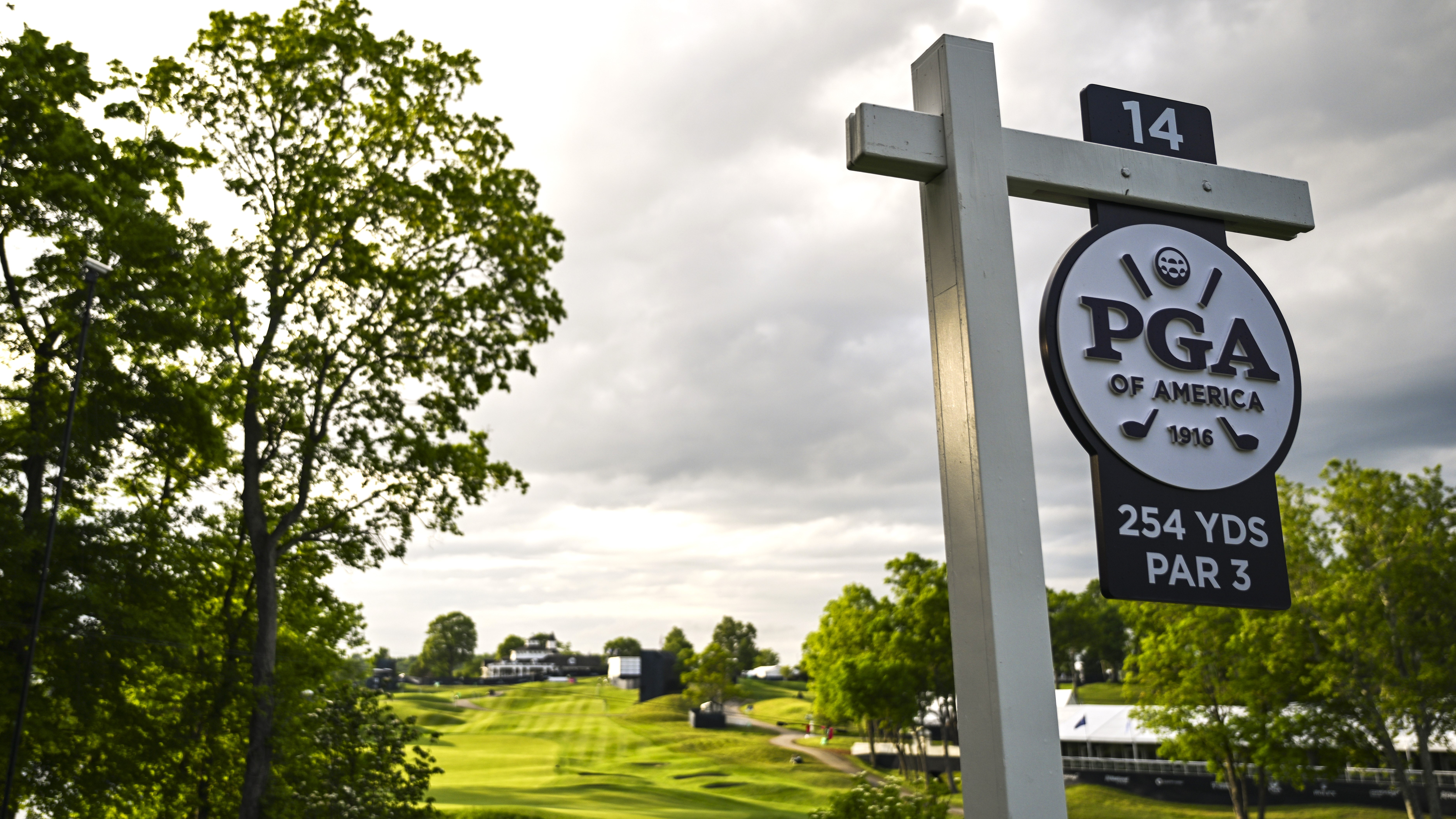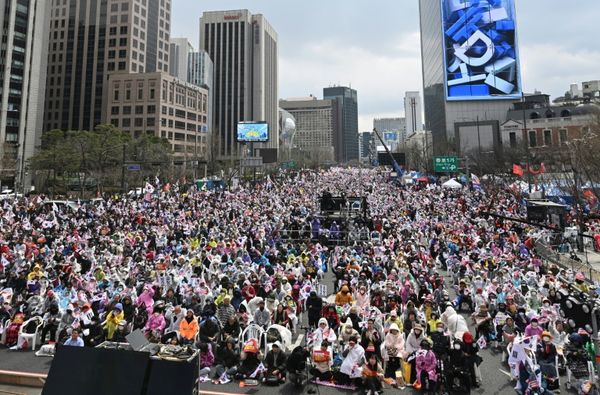
Par 3 length is something that often comes up during golf's Major Championships with the seemingly ever-increasing yardages of short holes. But are there any rules in place to limit, regulate or determine par-3 lengths?
The short answer is no. It is up to the club, course owner, or tournament organiser to determine the par of their holes. Therefore a par 3 can be as long as they decide it is to be. Or rather, any length of hole on the course can be deemed a par 3 by them if they so decide.
The USGA have had par 3s of around 300 yards during US Opens – the 7th and 11th at Los Angeles Country Club, and the 8th at Oakmont. The US Women’s Open has had a par 3 of 257 yards – the 8th at Oakmont.
However, there are guidelines as to what should constitute the maximum length of a par 3 – and 300 yards isn’t it.
The United States Golf Association – yes, them again – says that “par reflects the score a scratch player is expected to score on a given hole… under ordinary weather conditions, allowing two strokes on the putting green."
The USGA believes a male scratch golfer “can hit tee shots an average of 250 yards”. For a female, a scratch player “can hit tee shots an average of 210 yards", according to the USGA.
As par presumes that the golfer takes two putts, a rough guideline is that a par 3 for men should not exceed 250 yards and for women it should not normally be longer than 210 yards. But these figures can be adjusted according to local conditions. The USGA describes these as “the playing difficulty of the hole, including any effective length correction factors, such as elevation changes, forced lay-ups, and prevalent wind.”
The USGA has incorporated these into its published guidelines as to the maximum length of par 3s. It suggests that for men a par-3 hole should be not more than 240 to 260 yards and for women not more than 200 to 230 yards.







